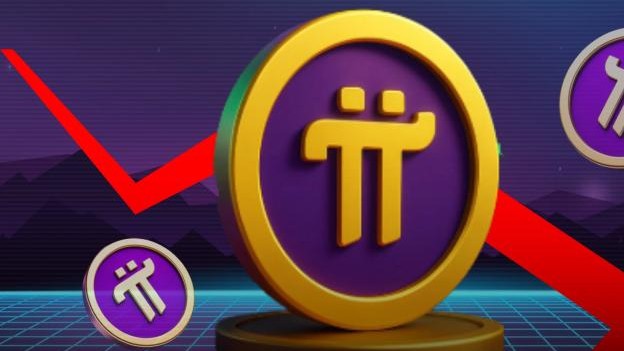Pi Network Confirms Imminent Reduction in Mining Rewards as Mainnet Transition Approaches

The Pi Network is preparing for a major milestone as it moves closer to launching its long-awaited open mainnet, prompting an imminent reduction in mining rewards for its global user base. The adjustment is designed to align token issuance with the project’s long-term economic model and strengthen scarcity as the network matures. With millions of users actively participating in daily mining, the upcoming rate cut signals a shift from rapid growth to controlled economic sustainability. The move also reflects the project’s transition from a closed testing environment to a more decentralized, production-ready ecosystem designed to support real-world applications and transactions.
Mining Rewards Enter Final Phase of Adjustment
The Pi Network has announced that its mining rate—one of the key incentives driving user participation—will experience another reduction as the project prepares for its mainnet debut. The cut is part of a pre-defined emission schedule aimed at gradually limiting token supply as the ecosystem becomes more established.
For early participants, mining rewards have been significantly higher, reflecting the network’s initial growth phase. As the mainnet nears, project leaders are shifting to a model that prioritizes long-term sustainability over rapid token creation. The recalibration of mining incentives underscores Pi’s intention to stabilize supply before its tokens begin circulating freely.
Economic Rationale Behind the Rate Decline
Reducing the mining rate is a strategic move rooted in economic discipline. The project’s design limits the total amount of Pi that can ever enter circulation, meaning emission cuts are essential for preserving long-term value.
As more users join the network, the amount of Pi minted per capita naturally declines. This dynamic reinforces scarcity while encouraging responsible distribution. By lowering rewards ahead of the mainnet launch, developers aim to align user expectations with the network’s future economic framework.
Financial analysts say such adjustments are common in blockchain ecosystems transitioning from early-stage testing to full-scale operation.
Progress Toward a Fully Operational Mainnet
The Pi Network has spent several years in an enclosed mainnet environment, allowing developers to stress-test applications, validate identity systems, and ensure security protocols are robust. As the platform prepares to open its mainnet to external connectivity, the shift marks one of its most consequential transitions yet.
Key focus areas include:
- Enhancing decentralization by preparing user devices to function as nodes
- Securing KYC processes to ensure legitimate account ownership
- Finalizing compliance mechanisms for global jurisdictions
- Allowing Pi-based applications to integrate real-world commerce
The mining rate adjustment is therefore both symbolic and functional, signaling that the network’s experimental stage is nearing its conclusion.
Impact on the Global Pi Community
With millions of users mining Pi across different regions, the reward reduction is expected to influence participation dynamics. While some users may increase their activity ahead of the transition, others may approach the change with caution, especially those who began mining recently.
However, long-term supporters argue that a decline in mining output is a natural step in the journey toward full utility. Reduced supply could potentially support stronger valuation once the token becomes tradeable, though such outcomes depend on adoption, regulatory clarity, and market demand.
The announcement has reignited discussions within the community about future use cases and economic prospects.
A Critical Moment for Pi’s Vision
The upcoming mining rate drop reflects the Pi Network’s broader ambition: developing a mainstream cryptocurrency that bridges accessibility, simplicity, and global reach. By tightening its emission structure as the mainnet moves closer to launch, the network is signaling a strategic pivot toward durability and real-world relevance.
Whether Pi can successfully evolve from a community-driven experiment into a fully functional blockchain economy remains to be seen. But the rate reduction marks a turning point—one that may determine how the project positions itself in the competitive world of digital assets.




